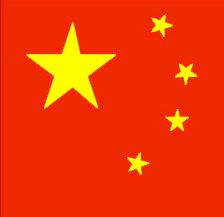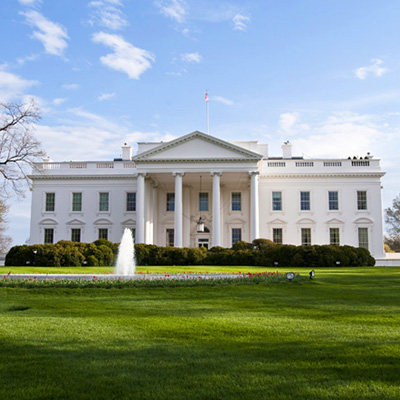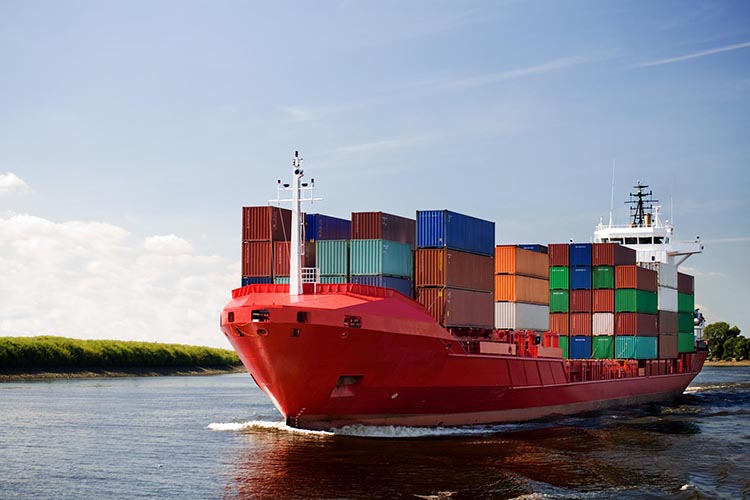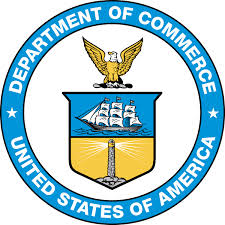September 2018
September 4, 2018November 2018
November 1, 2018While Justice Was In The Balance, Huge Trade Moves
In September, the nation was gripped by the succession plans for Supreme Court Justice Anthony Kennedy’s retirement. At the same time, there was a lot of important trade news of interest to the FTZ community in the month. First and foremost, the negotiating deadline which expired just last night brought us a brand new three-country trade agreement with Mexico and Canada. The largest and perhaps not last list of Chinese imports requiring additional duties went into effect late in the month. The President signed a Miscellaneous Tariff Bill to put an MTB into law for the first time in six years. Finally, the US and Japan announced intentions to start negotiations on a new bilateral free trade agreement which could have a broad impact on FTZ operators across the United States. Give these important topics justice! Read on!
Top Story: Marathon Negotiations Produce New Three-Country Trade Agreement
U.S. and Canadian officials worked late into the night last night to produce a three-country trade treaty - just don’t call it NAFTA.
New 301 Tariffs Have Broadest Impact Yet on FTZ Operators


Japan FTA Would Have Major Impact On Foreign-Trade Zone Program
President Signs First MTB Into Law Since 2012
The President signed into law H.R. 4318, the “Miscellaneous Tariff Bill Act of 2018,” in mid-September. The legislation provides for duty suspensions and reductions for over 1,000 chemicals and other items through December 31, 2020.
This is the first MTB to use the new process for enacting non-controversial tariff reductions and eliminations. The new bill is not retroactive as previous bills have been, leaving a long gap between the expiration of the last MTB and the effective date of the new one.


Port Hit By Ransomware Attack

U.S. Foreign-Trade Zones Board Activity
- ASML US, LLC, received approval for expansion of Subzone 76A in Walton and Bethel, CT. LEARN MORE
- International Flavors and Fragrances, Inc., submitted a notification of proposed production activity for flavor and fragrance products in Foreign-Trade Zone 44 in Trenton, NJ. LEARN MORE
- Deere-Hitachi Construction Machinery Corp. received authorization for production activity of forestry machinery and hydraulic excavator frames/booms/arms in Foreign-Trade Zone 230 in Kernersville, NC. LEARN MORE
- DSM Nutritional Products, LLC; submitted a notification of proposed production activity for vinylol in Foreign-Trade Zone 149 in Freeport, TX. LEARN MORE
- Lilly del Caribe submitted a notification of proposed production activity of pharmaceutical products in Foreign-Trade Zone 7 in Mayaguez, Puerto Rico.LEARN MORE
- Foreign-Trade Zone 105 in RI, will be reorganized under alternative site framework. LEARN MORE
- Foreign-Trade Zone 135 in Palm Beach, FL, will be reorganized under alternative site framework. LEARN MORE
- Foreign-Trade Zone 158 in Vicksburg/Jackson, MI, will be reorganized under alternative site framework. LEARN MORE
- Foreign-Trade Zone 179 in Madawaska, Maine, will be reorganized under alternative site framework. LEARN MORE
- Driftwood LNG, LLC received approval for subzone status of its facilities in Sulphur, Louisiana. LEARN MORE
- An application to establish a Foreign-Trade Zone under the alternative site framework has been submitted in Lufkin, TX . LEARN MORE
- Kaiser Aluminum Fabricated Products, LLC submitted a notification of proposed production activity for aluminum extrusions in Foreign-Trade Zone 207 in Richmond, VA. LEARN MORE
- Microchip Technology, Inc. submitted a notification of proposed production activity for semiconductor devices and related products in Foreign-Trade Zone 75 in Phoenix, AZ. LEARN MORE
- Takasago International Corp. (U.S.A.), submitted a notification of proposed production activity for fragrances in Foreign-Trade Zone 37 in Orange County, NY. LEARN MORE
- Tesla, Inc., submitted a notification of proposed production activity for lithium-ion batteries, electric motors, and stationary energy storage systems in Foreign-Trade Zone 126 in Reno, NV. LEARN MORE
While Justice Was In The Balance, Huge Trade Moves
In September, the nation was gripped by the succession plans for Supreme Court Justice Anthony Kennedy’s retirement. At the same time, there was a lot of important trade news of interest to the FTZ community in the month. First and foremost, the negotiating deadline which expired just last night brought us a brand new three-country trade agreement with Mexico and Canada. The largest and perhaps not last list of Chinese imports requiring additional duties went into effect late in the month. The President signed a Miscellaneous Tariff Bill to put an MTB into law for the first time in six years. Finally, the US and Japan announced intentions to start negotiations on a new bilateral free trade agreement which could have a broad impact on FTZ operators across the United States. Give these important topics justice! Read on!

